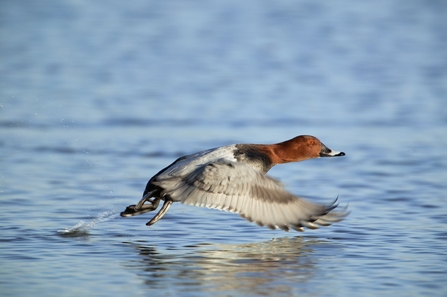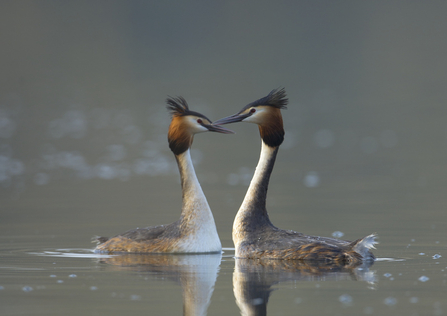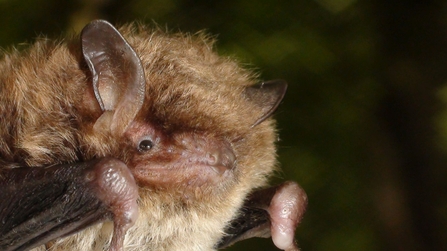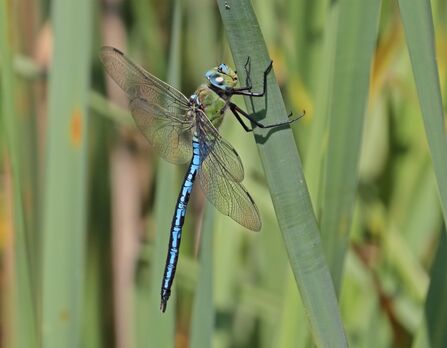Broadwater Lake sits within the Colne Valley Regional Park, which stretches from Rickmansworth in the north to Staines and the Thames in the south and from Uxbridge and Heathrow in the east to Slough and Chalfont St Peter in the west.
The Regional Park was established in 1967 to preserve areas for leisure, recreation and conservation of nature – it’s a setting where people can connect with nature and enjoy the outdoors, and a place where wildlife can find refuge. The Park’s rich mosaic of farmland, woodland and wetland, includes over 200km of river and over 60 lakes. This myriad of habitats and wildlife corridors is not just recognised for its importance locally but also nationally.





